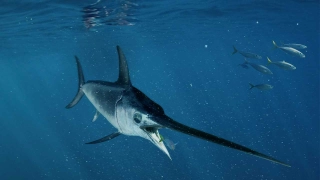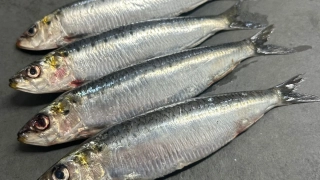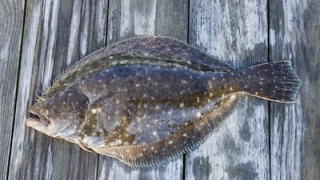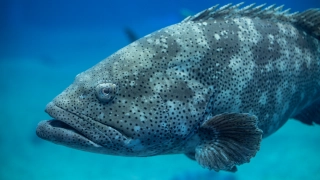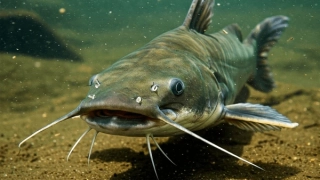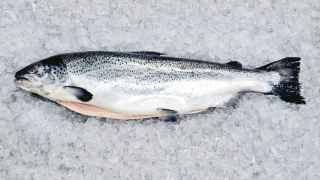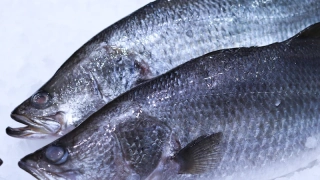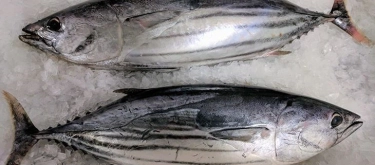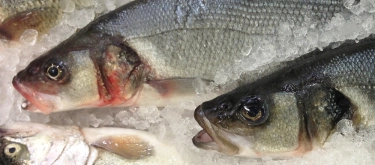Eel: Taste Profile, Aroma, Benefits and Health Risks
Eel refers to elongated fish from the order Anguilliformes. In cuisine, freshwater eel (Anguilla japonica, Anguilla anguilla) and marine conger eel (Conger conger) are the most common. Eel has been treasured in Japanese, European, and Mediterranean cuisines for centuries, valued for its unique taste and luxurious texture.
Eel is safe for most people, but those with fish allergies should avoid it. Mercury content can vary by species and size; larger wild eels may contain more. Pregnant women should limit intake to moderate amounts.
What does Eel taste like?

Complete Sensory Description
Eating eel is a distinctive experience that combines richness, sweetness, and softness. Unlike lean white fish such as cod or snapper, eel is naturally fatty and succulent, closer to the richness of salmon or even roasted duck. When you take a bite, the first impression is a gentle sweetness, almost caramel-like, carried by the natural oils in the flesh. This sweetness does not feel sugary but rather smooth and buttery, coating the tongue pleasantly.
The flavor profile can be described as a blend of delicate fish notes with hints of roasted chicken skin or foie gras. Freshwater eel (commonly used in Japanese unagi dishes) has a slightly more pronounced sweetness and oiliness, while marine conger eel is lighter, cleaner, and less fatty. Unlike sardines or mackerel, eel lacks strong fishiness or brininess; instead, it feels rounded, soft, and comforting.
The aroma of cooked eel is mild and inviting, with subtle smokiness when grilled (kabayaki style), or buttery warmth when roasted. It does not carry the sharp marine smell associated with some oily fish.
The texture is one of eel’s most memorable qualities. It is tender, almost velvety, with flesh that holds together but does not flake like cod. Instead, it melts smoothly in the mouth, leaving behind a delicate, oily coating. In fried preparations, the skin crisps up, providing a pleasant contrast to the soft interior.
The appearance depends on preparation: raw eel flesh is pale, slightly translucent with a pinkish or beige tint. Cooked eel turns white and opaque, often glazed with sauces (soy-based in Japanese cuisine), giving it a glossy, caramel-brown exterior.
The aftertaste of eel is long-lasting, with lingering sweetness and richness that stays on the palate longer than most white fish. It leaves a satisfying, luxurious impression, which is why eel is often served in smaller portions as a delicacy rather than in large servings.
In-depth Flavor Analysis
Eel’s richness comes from its high lipid content, especially monounsaturated fats that provide buttery mouthfeel. The presence of amino acids such as glycine and alanine contribute sweetness, while glutamic acid enhances umami depth. Caramelization during grilling (Maillard reaction) adds nutty and smoky undertones, intensifying flavor complexity. Freshwater eels are usually fattier due to their life cycle and environment, while marine conger eels are leaner, giving them a lighter taste.
Varieties and Culinary Applications
-
Japanese eel (unagi, Anguilla japonica): grilled with sweet soy sauce, a classic delicacy.
-
European eel (Anguilla anguilla): historically popular, often smoked or stewed.
-
Conger eel (Conger conger): marine species, lighter taste, used in Mediterranean cuisine.
Culinary uses:
-
Grilled (kabayaki) with sweet soy glaze in Japan.
-
Smoked eel served as a delicacy in Northern Europe.
-
Stewed or braised in Mediterranean recipes.
-
Fried or roasted whole in rustic cuisines.
Selection and Storage
-
Fresh eel flesh should be moist, pale, and free from strong odors.
-
Smoked eel is a common preserved form with a shelf life of weeks in refrigeration.
-
Fresh eel should be consumed within 1–2 days when stored at 0–4°C.
-
Freezing at –18°C is possible but may slightly affect texture.
Nutritional Insights
Eel is rich in omega-3 fatty acids, vitamin A, vitamin D, and protein. Its high fat content supports cardiovascular health and provides sustained energy. It also delivers significant levels of phosphorus and potassium. Smoked eel is nutrient-dense but can be high in sodium.
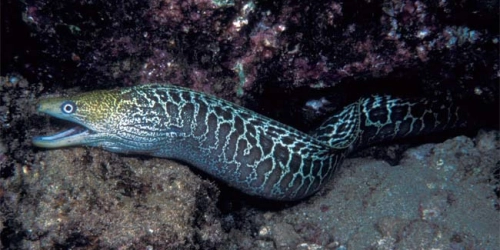
Expert Insights & Culinary Tips
Chefs emphasize that eel should always be cooked thoroughly, as raw eel blood is toxic before heat treatment. Grilling enhances umami and balances natural sweetness, while pairing with acidic or salty elements (soy sauce, vinegar, citrus) prevents richness from overwhelming the palate.
Interesting and Curious Facts
-
In Japan, eel is traditionally eaten in summer (Doyo no Ushi no Hi) to restore strength in hot weather.
-
European eel populations have dramatically declined, making them a conservation focus.
-
Smoked eel was a luxury dish in medieval European banquets.
Harm and Dietary Considerations
-
Raw eel blood is toxic; it must always be cooked.
-
Some wild eels, especially large European eels, may contain higher mercury levels.
-
Farmed eel may be high in fat and calories, so portions should be moderate.
Religious Dietary Considerations
Eel is halal in Islam and kosher in Judaism (scales are present but tiny; interpretations may vary). It is widely consumed in Japanese Buddhist and Shinto traditions and has no major religious restrictions.
Sustainability & Fishing Practices
-
European eel is critically endangered due to overfishing, habitat loss, and barriers to migration. Consumption should be avoided unless from certified sustainable sources.
-
Japanese eel is heavily farmed, though farming depends on wild-caught juveniles, raising sustainability concerns.
-
Pacific conger eel is more sustainable, with healthier stocks.
-
Consumers are encouraged to choose farmed eel from certified responsible sources or alternative species like conger eel.
Final Thoughts & Sensory Journey
Eel is a delicacy unlike most other fish: buttery, sweet, and luxurious, with a texture that melts in the mouth. Its complex flavor, cultural significance, and nutritional value make it a sought-after ingredient, though sustainability concerns require mindful sourcing.
Resources
-
Kurlansky, M. (2020). Salmon and Eel: Parallel Histories of Migration. Patagonia Books. ISBN 978-1938340864.
-
Dekker, W. (2003). Didactic and Scientific Perspectives on Eel Biology and Management. Springer. ISBN 978-1402014092.
-
Arai, T. (2016). Eel Biology. Springer. ISBN 978-4431554973.
-
FAO Fisheries and Aquaculture Report: Eel Farming and Conservation.
-
ICES (International Council for the Exploration of the Sea) Reports on European Eel.
